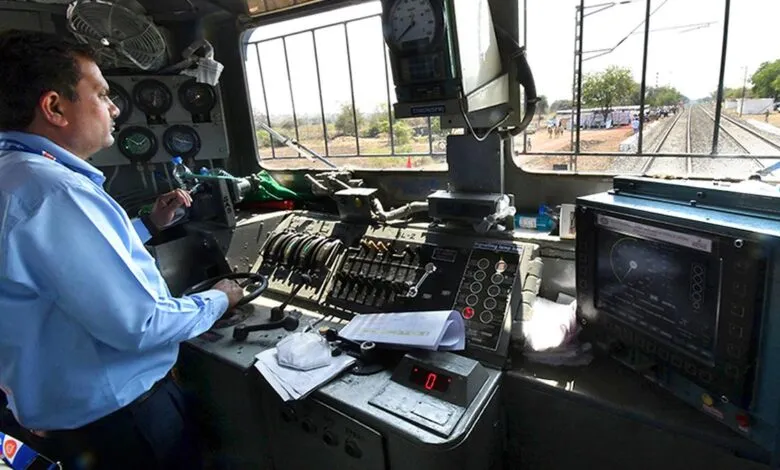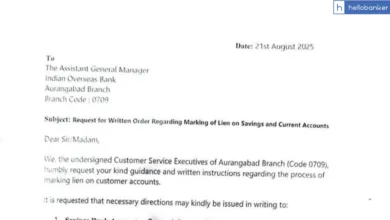Railway Train Drivers denied Toilet Breaks, Railways denied Demands of Loco Pilots

| ➡️ Get instant news updates on Whatsapp. Click here to join our Whatsapp Group. |
The Indian Railways has rejected a long-standing demand from loco pilots (train drivers) who were asking for scheduled breaks during their working hours. These breaks would have allowed them to eat meals or use the restroom. However, the Railway Board has said that such breaks are not practical because they could disturb the regular running of trains. This decision was based on recommendations made by a high-level committee, as reported by The Hindu newspaper.
This decision is quite concerning, especially because India has recently seen an increase in serious train accidents. Many of these accidents have been linked to human errors—mistakes made by people working on the trains. Despite this, the Railway Board still believes that allowing breaks would interfere with train schedules and smooth operations.
Loco pilots are working under very tough conditions—long hours, no toilet facilities, and now no scheduled breaks. While the Railway Board believes it is doing what’s best for operational efficiency and safety, loco pilots argue that these decisions ignore their health, comfort, and basic human needs. The debate continues, with strong opposition from the staff unions who feel their concerns are not being properly heard.
Loco Pilots Strongly Oppose the Decision
The All India Loco Running Staff Association (AILRSA), which represents train drivers across India, is not happy with these decisions. They believe that the committee’s suggestions are not practical and have not taken the real challenges faced by loco pilots into account.
In a letter to the Railway Board’s CEO and Chairman, AILRSA Secretary-General KC James pointed out that increasing the speed of trains adds more stress to the loco pilots. He also said that denying breaks, especially on trains that don’t even have toilets, is simply not acceptable.
Supporting this, AILRSA’s central organising secretary V Balachandran said that many superfast trains run for 6 to 7 hours without a single stop, making it impossible for drivers to rest or take care of basic needs. He also emphasized that women loco pilots face even more difficulty, as trains on busy routes rarely stop unless there is an emergency.
Surveillance System Defended by Railway Board
At the same time, the Railway Board has supported its decision to install surveillance equipment inside train engines. These are called Crew Voice and Video Recording Systems (CVVRS). Some staff had raised concerns that these systems might invade their privacy. In response, the Railway Board clarified that these systems are not meant to monitor or spy on loco pilots unnecessarily. Instead, the recordings will be used after an accident or incident to understand what went wrong. This, they say, will help improve safety for everyone.
According to the Railway Board, these systems will not add any extra burden or pressure on the crew. Their only purpose is to make train operations safer and more efficient. The Board has issued instructions to all railway zones to use these systems in this way.
Changes in Speed and Staffing
A special committee—made up of five senior officers from the Railway Board and experts from RDSO (Research Designs and Standards Organisation)—has also suggested other changes. For example:
- Trains that run at 130 km/h or more will now be considered “high-speed” (earlier, the threshold was 110 km/h).
- On MEMU trains (which are fast local trains used for medium distances), if they travel 200 kilometers or more, an Assistant Loco Pilot should be assigned to support the main driver.
These suggestions were also approved by the Railway Board.
